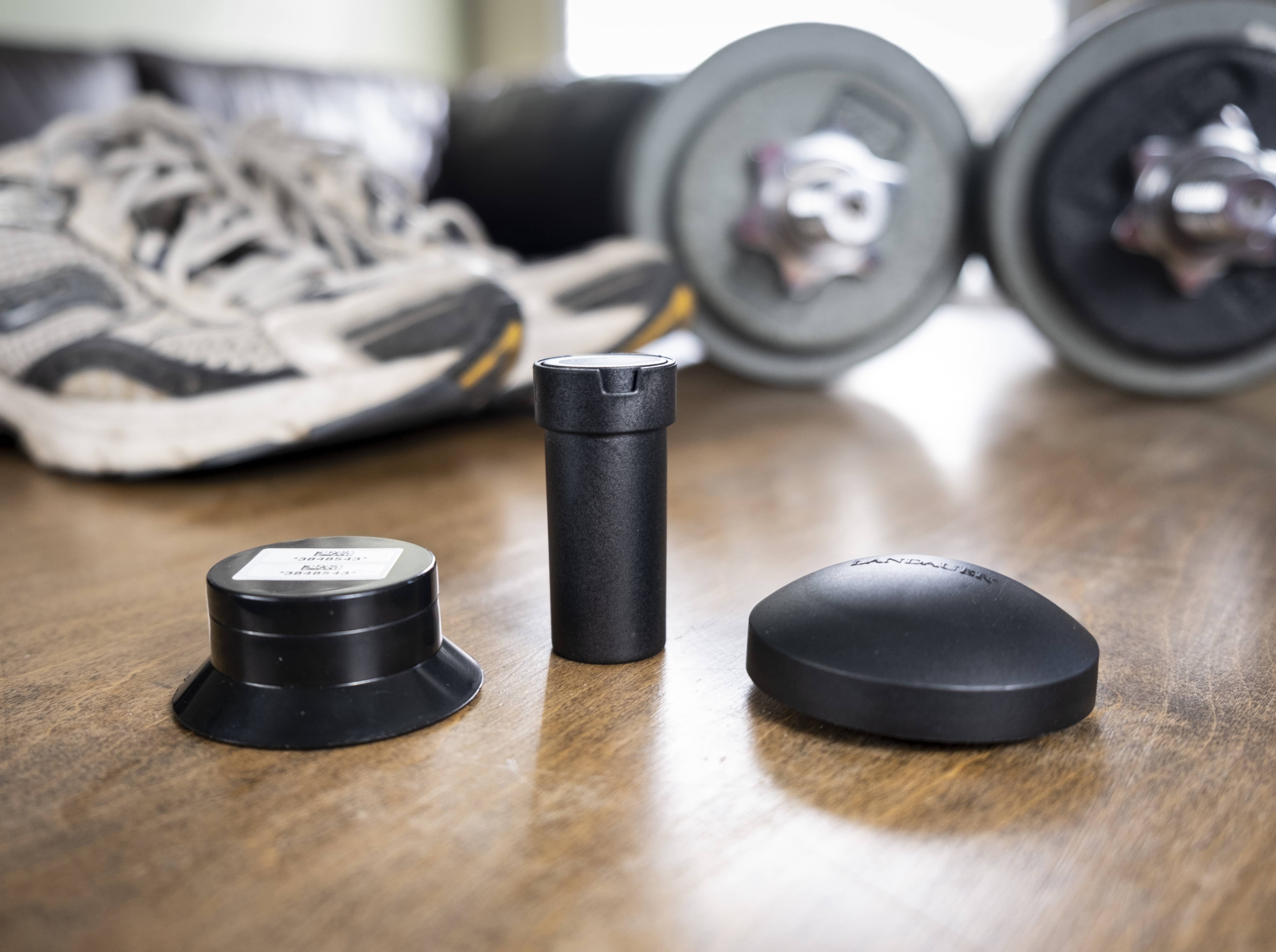
BISMARCK, N.D. (NDDEQ) – During National Radon Action Month in January, the North Dakota Department of Environmental Quality reminds residents that cold weather months are a great time to test their homes for radon, a leading cause of lung cancer among non-smokers.
Radon-related illness claims more than 21,000 lives in the United States annually. In North Dakota, 63 percent of homes have an elevated radon level above the U.S. Environmental Protection Agency’s (EPA) Action Level of 4.0 picocuries per liter (pCi/L). The EPA lists North Dakota as Zone 1, meaning it has the highest potential for elevated radon levels. Due to the prevalence of radon, the EPA and Environmental Quality encourage North Dakotans to test their homes for radon and remedy any problems.
Radon is a cancer-causing, naturally-occurring radioactive gas that you can’t see, smell or taste, found throughout the soil in North Dakota. Although radon harmlessly disperses in outdoor air at low levels, when trapped in buildings, it can be harmful, especially at high concentrations.
Justin Otto, Radon Program Coordinator for Environmental Quality, says we spend a lot of our time indoors.
Because of this, risks to health may be great due to exposure to air pollution indoors rather than outdoors. Otto says when it comes to homes, it’s up to the individual to ensure it’s free of possible pollutants.
Radon is a known carcinogen, which means prolonged exposure to high levels of Radon gas can cause cancer. In fact, the Surgeon General has declared Radon to be the second leading cause of lung cancer after smoking.
“Radon test kits are simple to use and come with easy-to-understand directions,” says Otto. Environmental Quality is giving away 700 free radon test kits to North Dakota residents. If you would like to receive a free radon test kit in the mail, please visit deq.nd.gov/wm/radon. Click on the button titled, “Click here for a free radon test kit.” Then fill in the required information and click on the “Request Radon Test Kit” button. Environmental Quality will mail requested test kits while supplies last. Test kits are also available at most local hardware stores, building supply stores and online.
“The good news is radon mitigation systems can manage high radon levels,” said Otto. By installing a mitigation system, homeowners can effectively lower the level of radon in their homes. These systems use many conventional building materials and require few specialized tools to install. These systems may be installed by a homeowner or a radon mitigation contractor. Once in place, a properly installed system will reduce radon gas and safely vent it to the outside.
Visit deq.nd.gov/wm/radon for a list of radon mitigation contractors, information on how to test for radon, what radon results mean, and how to address elevated radon levels.
